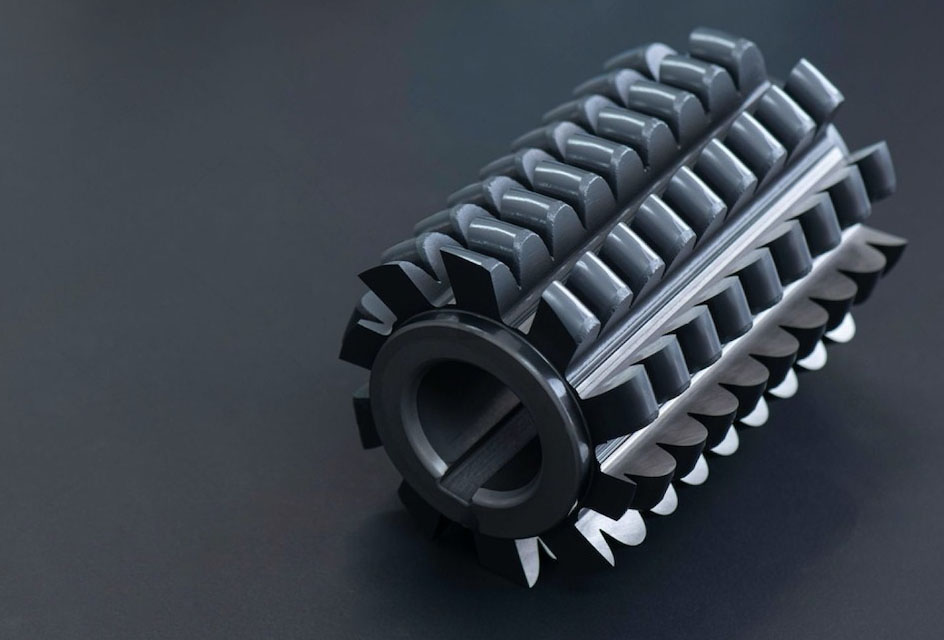For high or low-volume production of external cylindrical gears, the industry frequently uses the continuous gear creation technique known as hobbing. One of the main manufacturing techniques used in the sector is gear hobbing. The requirements for additional gearing of both old and new varieties with a better and higher degree of accuracy are continuously rising in modern engineering practice.
Gear hobbling applications include:
- It is frequently used to make worms, spur gears, helical gears, and worm wheels.
- It can also be used to create internal gears; however, the machine must have the ability to fit a particular head for this purpose.
Below are some advantages of the gear hobbing process:
- When compared to other gear generation techniques, gear hobbing is an economical procedure since it is a quick and continuous operation.
- Shorter manufacturing cycles, or a higher output rate.
- In comparison to other gear machining procedures, the process has greater
unpredictability in the following sense.- Able to create a wide range of gears, including worms, helical gears, spur gears, splines, and sprockets.
- The process of necessary indexing, as the name suggests, is quite straightforward and able to produce any number of teeth while maintaining the module’s accuracy.
- Gear hobbing alone can produce a specific kind of gear known as herringbone gear.
- This technique can handle a wide range of batch sizes, from tiny to huge volumes.
- It is possible to process multiple gear blanks placed on the same arbor at once.
- A hob is a multipoint cutting tool with several cutting teeth or edges. Because there are fewer cutting edges operating at once, there is a lot of time for the heat to be dissipated. There isn’t a heating or cutting device.
If you are looking for a Gear Hob for your industrial use
Checkout – https://www.maxwelltools.com/gear-hobs/


